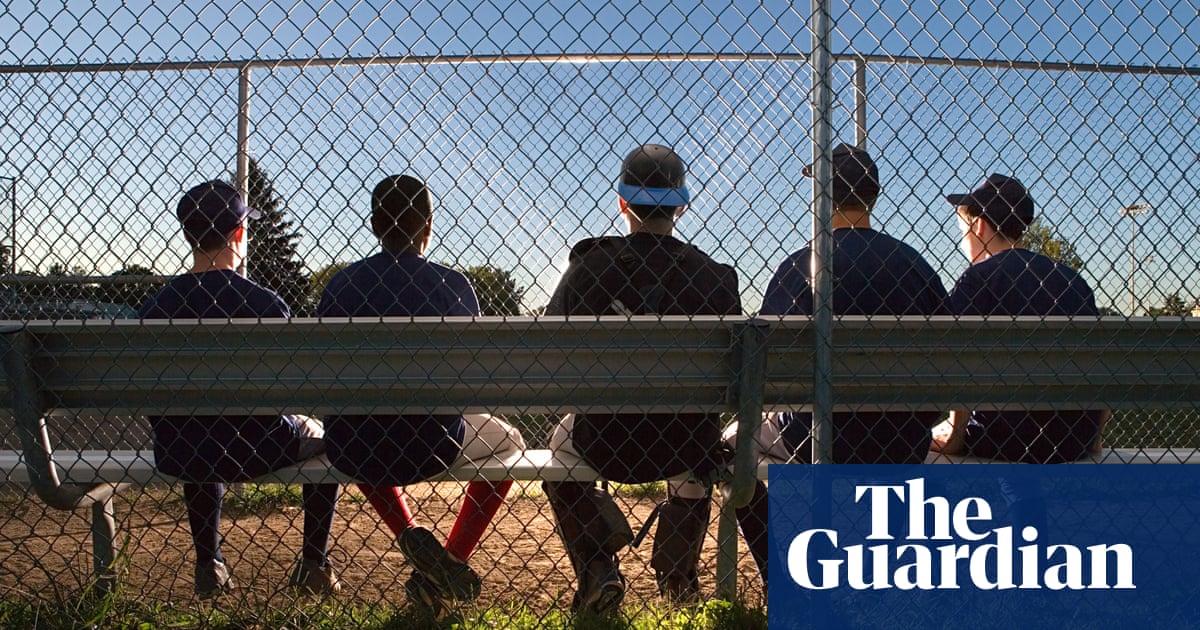On 14 May 1921, a powerful solar storm – called the New York Railroad storm – caused the northern lights to illuminate New York City’s night sky. On Broadway, crowds lingered, enjoying “flaring skies” that remained undimmed by city lights. The following morning, excess electric currents shut down the New York Central Railroad’s signal and switching system in Manhattan, stopping trains. A fire broke out in a railroad control tower that was located at Park Avenue and 57th Street. Smoke filled the air. Along a stretch of Park Avenue, residents “were coughing and choking from the suffocating vapors which spread for blocks”.
When a solar storm’s electrically charged particles envelop Earth, they cause geomagnetic storms that generate electric fields in the ground, inducing electric currents in power grids. Solar storms as intense as the 1921 superstorm have the potential to cause a nightmare scenario in which modern power grids, communication systems, and other infrastructures collapse for months. Such a collapse of power grids would likely also lead to nuclear power plant accidents, whose radioactive emissions would aggravate the overall catastrophe.
Scientists estimate that solar storms powerful enough to collapse portions of modern power grids for months may hit Earth more often than once in a century. In July 2012, a solar superstorm, estimated to have been more intense than the New York Railroad storm, crossed Earth’s orbit, missing the planet by one week’s time.
The east coast states, upper midwest, and Pacific north-west have geological characteristics – not predominant in other regions of the United States – that increase the vulnerability of power-grid infrastructures to solar storms. Unfortunately, the majority of the commercial nuclear power plants in the United States are located in east coast states and the upper midwest, two of the US regions that are most vulnerable to solar storm-induced blackouts.
In a months-long blackout, nuclear plants would lose their supply of offsite electricity, which is necessary for their safe operation. Emergency diesel generators, which provide backup electricity, are designed to power cooling pumps for a number of days – not months. No nuclear plant in the United States has ever lost offsite electricity for longer than a week. In 2012, the US Nuclear Regulatory Commission stated that an extreme solar storm could collapse power grids and potentially lead to reactor core damage at multiple nuclear plants.
Storage pools at nuclear plants that house spent fuel assemblies, encasing nuclear waste, are also vulnerable to accidents. Spent fuel assemblies can overheat and catch fire, dispersing radioactive material into the environment, if a storage pool’s coolant water is lost.
Spent fuel assemblies are so thermally hot and radioactive that they must be submerged in circulating water and cooled in a storage pool for years. Storage pools at US nuclear plants typically contain about six reactor core loads of nuclear fuel and are almost as densely packed with fuel assemblies as operating reactors – hazards that vastly increase the odds of a major accident.
A spent fuel fire in an exposed, densely packed storage pool could potentially release 10 times as much caesium-137 as the Chornobyl accident is estimated to have released. Such a disaster could contaminate thousands of square miles of land and expose millions of people to large doses of ionizing radiation, many of whom might die from early or latent cancer.
By contrast, if a thinly packed storage pool were deprived of coolant water, its spent fuel would likely release about 1% of the radioactive material estimated to be released by a spent fuel fire at a densely packed pool.
Sufficiently cooled spent fuel assemblies can be transferred from a storage pool to dry cask storage; that is, passively cooled, liquid-free containers of steel and concrete that shield people from ionizing radiation. The inevitability of a nationwide power grid collapse that would lead to multiple nuclear disasters and untold human suffering emphasizes the need to transfer spent fuel assemblies to dry cask storage as quickly as possible.
Promptly transferring the nationwide inventories of spent fuel assemblies that have been cooled for at least five years from US storage pools to dry cask storage would be “relatively inexpensive” – less than a total of $5.5bn. The economic cost of losing vast tracts of urban and rural land for generations to come because of radioactive contamination would be far more expensive.
Senator Edward Markey of Massachusetts introduced the Dry Cask Storage Act in 2014, calling to outlaw the practice of overloading spent fuel pools. The act, which Markey has reintroduced in subsequent congressional sessions, has not passed into law. The nuclear industry’s mismanagement of spent fuel must stop. Congress needs to pass legislation requiring the owners of nuclear plants to swiftly thin out spent fuel pools.
-
Mark Leyse is a nuclear power safety advocate with a degree in nuclear engineering

.png) 4 hours ago
4
4 hours ago
4













































